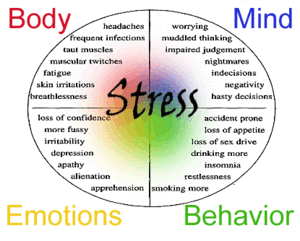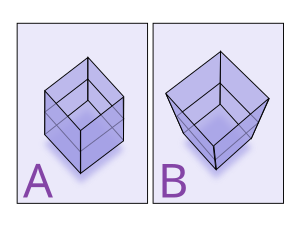Orlando Bloom made it big as an actor even though he came into this world with dyslexia.
One of the most popular stars today, Orlando Bloom who has played the role of Will Turner in Pirates of the Caribbean and Legolas in The Lord of the Rings. To kids everywhere, there’s no question: Orlando Bloom is the flavor of the moment. But to kids with dyslexia, the dyslexic actor represents an important role model as well.
Dyslexia Advocate

- Orlando Bloom
Not at all shy about his reading challenge, Bloom has been an advocate for kids with dyslexia, telling them they can do anything they’ve got their hearts set on doing. Witness the 26 big film and television roles the actor has played since he first made a splash on the screen in 1994. At 37, Bloom can look back on his struggles with dyslexia and see how his disability made him more expressive and vibrant as an actor, in spite of making it difficult for him to read and learn scripts.
Inspiring Quotes
Here is a collection of Orlando Bloom quotes guaranteed to inspire you no matter what kind of day you’re having. Print them out and stick them to your fridge with a magnet. Every time you feel discouraged, renew your commitment to making the best of things by reading how Orlando did just that:
“You’re part of a very special club and it’s a gift and don’t let anyone ever tell you that you’re not good enough. Don’t ever let anyone tell you that because you struggle with dyslexia that you’re never going to make it in life, because it’s simply not true.”

- Legolas Greenleaf, portrayed by Orlando Bloom
"It's not a disability; it's a challenge."
"Creativity is the key for any child with dyslexia, or for anyone for that matter. Then you can think outside of the box. Teach them anything is attainable. Let them run with what you see is whatever they need to run with."
"Don't laugh at your mates when they have problems with reading! Maybe they'll become movie stars and you'll want tickets to their premieres."
“I always knew that I wasn’t stupid. I felt like I was a smart kid, I just struggled with aspects of, of getting educated."
“Hold onto your dreams, take this obstacle and make it the reason to have a big life.”
"My mom used to tell me, 'If you read 50 books, I'll get you a motorbike.' So it inspired me to read a lot and work through my dyslexia. But I never quite got to 50. And I never got that motorbike!"
Related articles
- Changing Perspective (community.cognibeat.com)
- Hot Shot: Orlando Bloom On A Bicycle (crushable.com)
- Reports: It's A Boy For Orlando Bloom & Miranda Kerr! (omg.yahoo.com)














